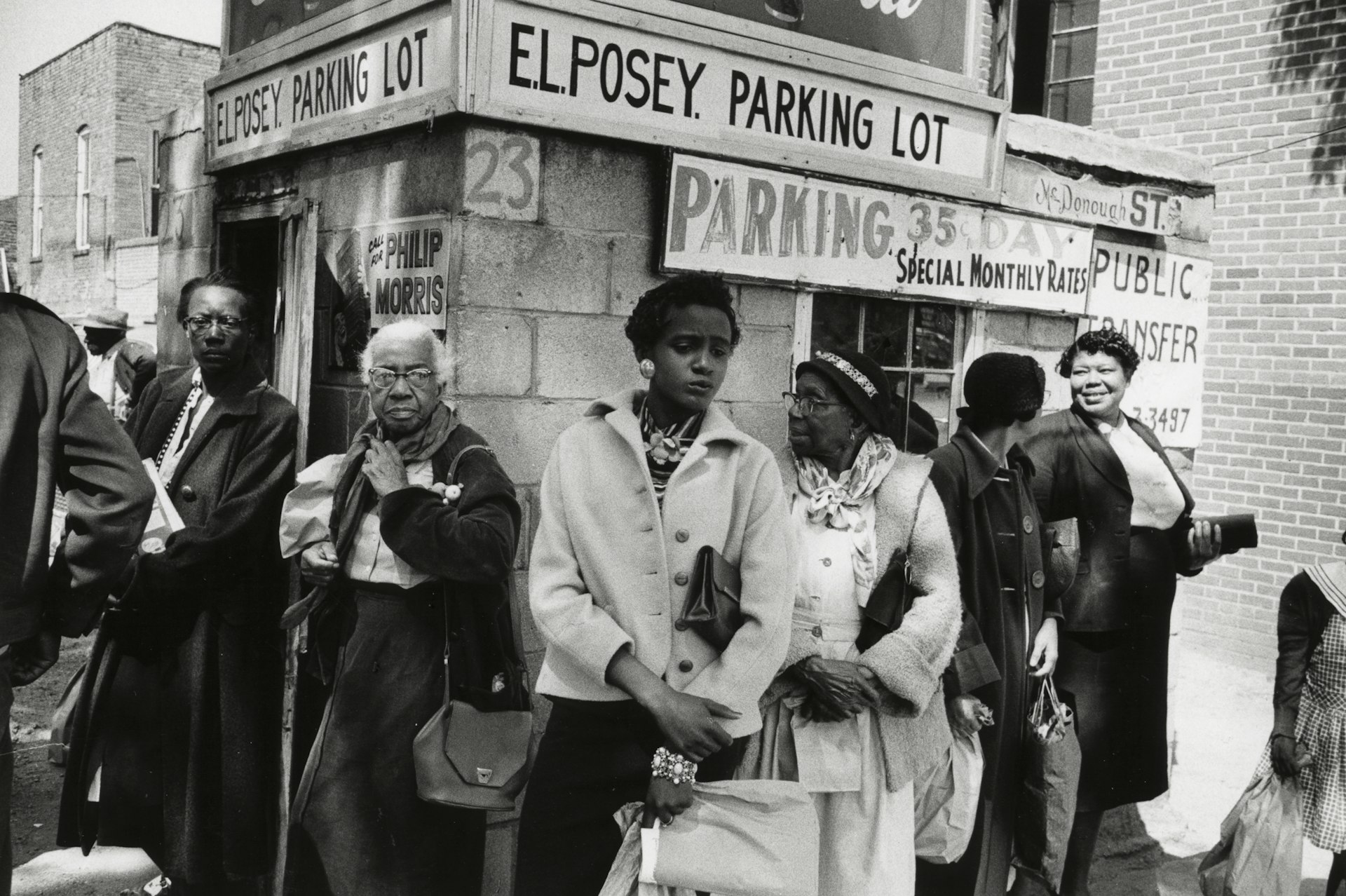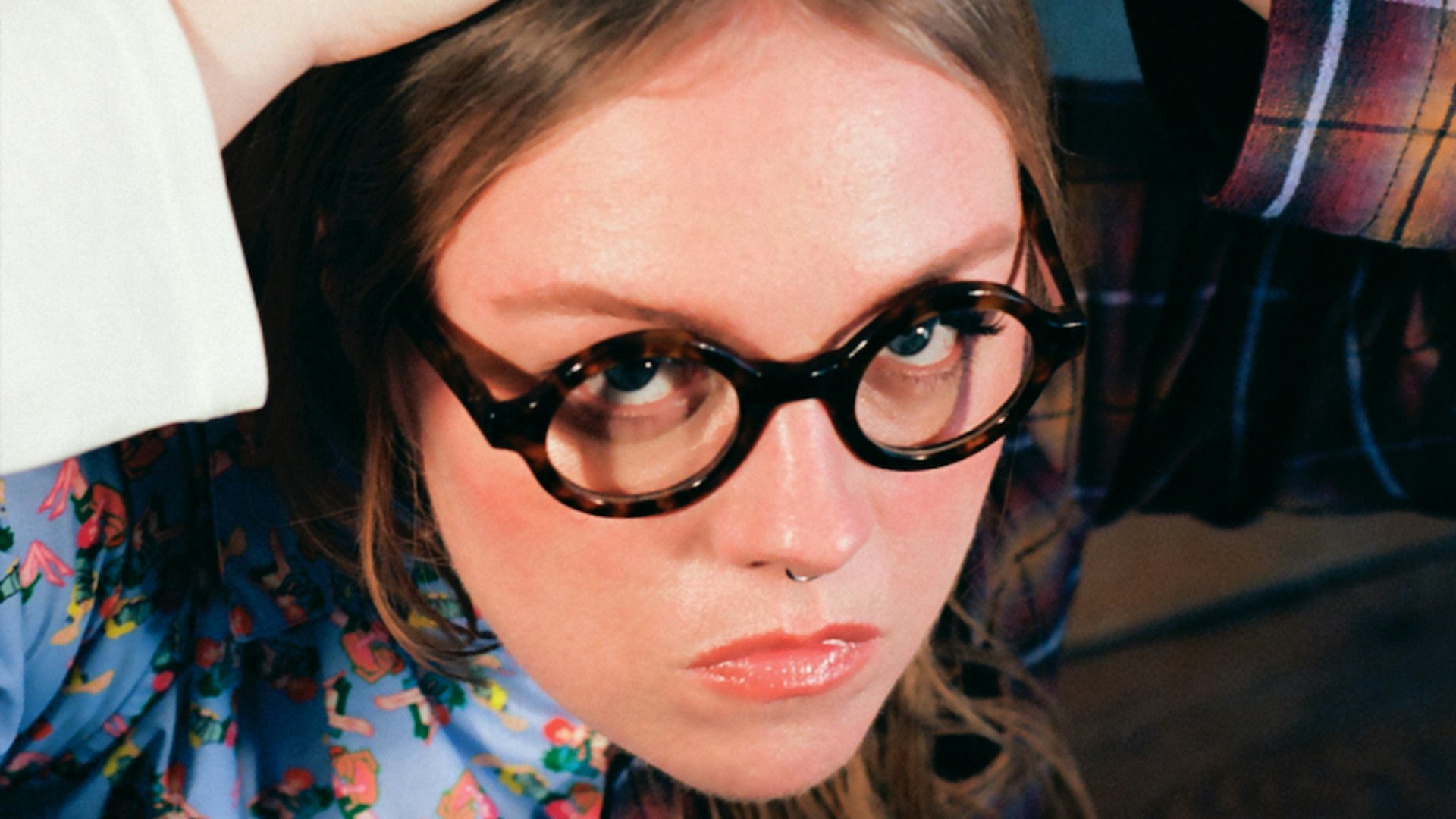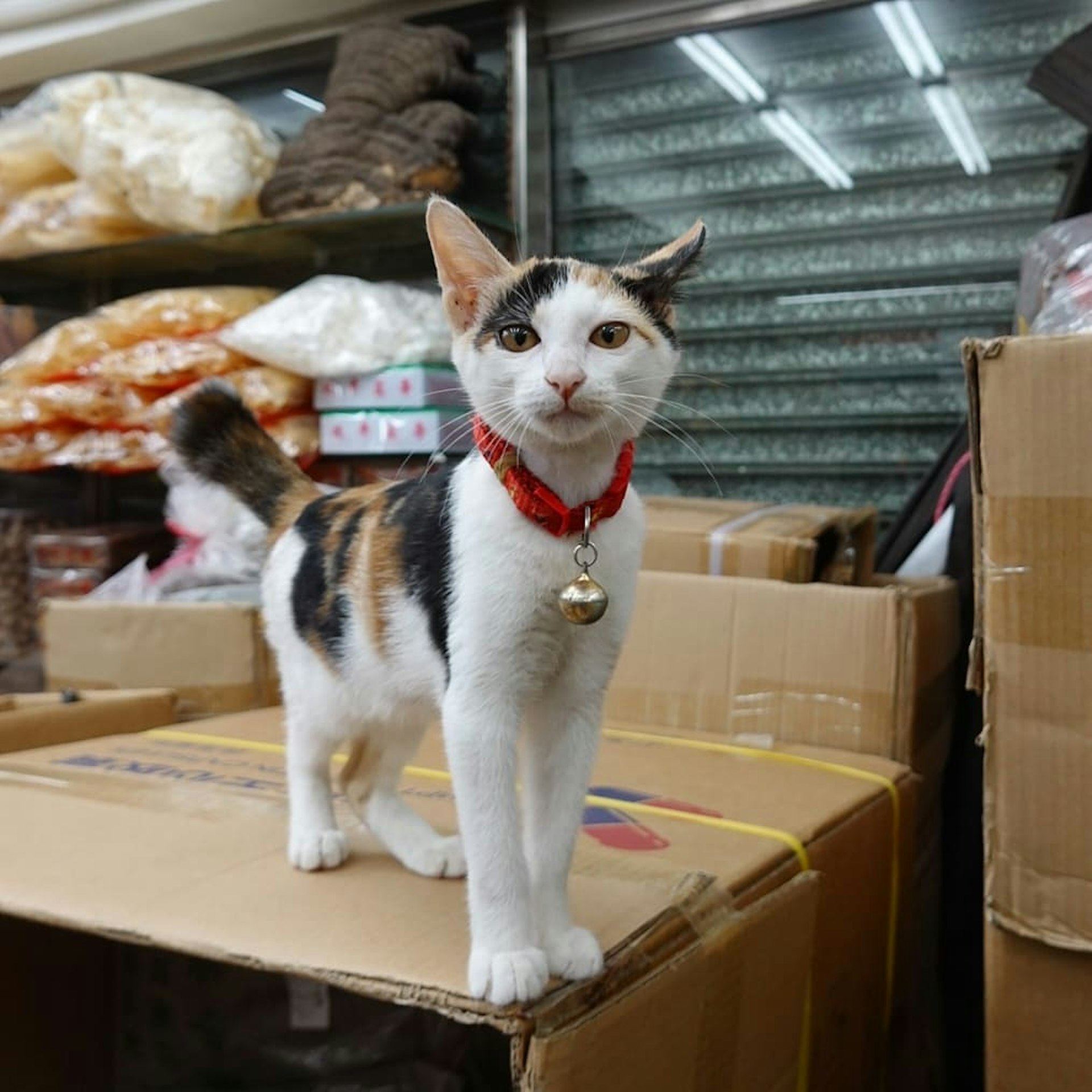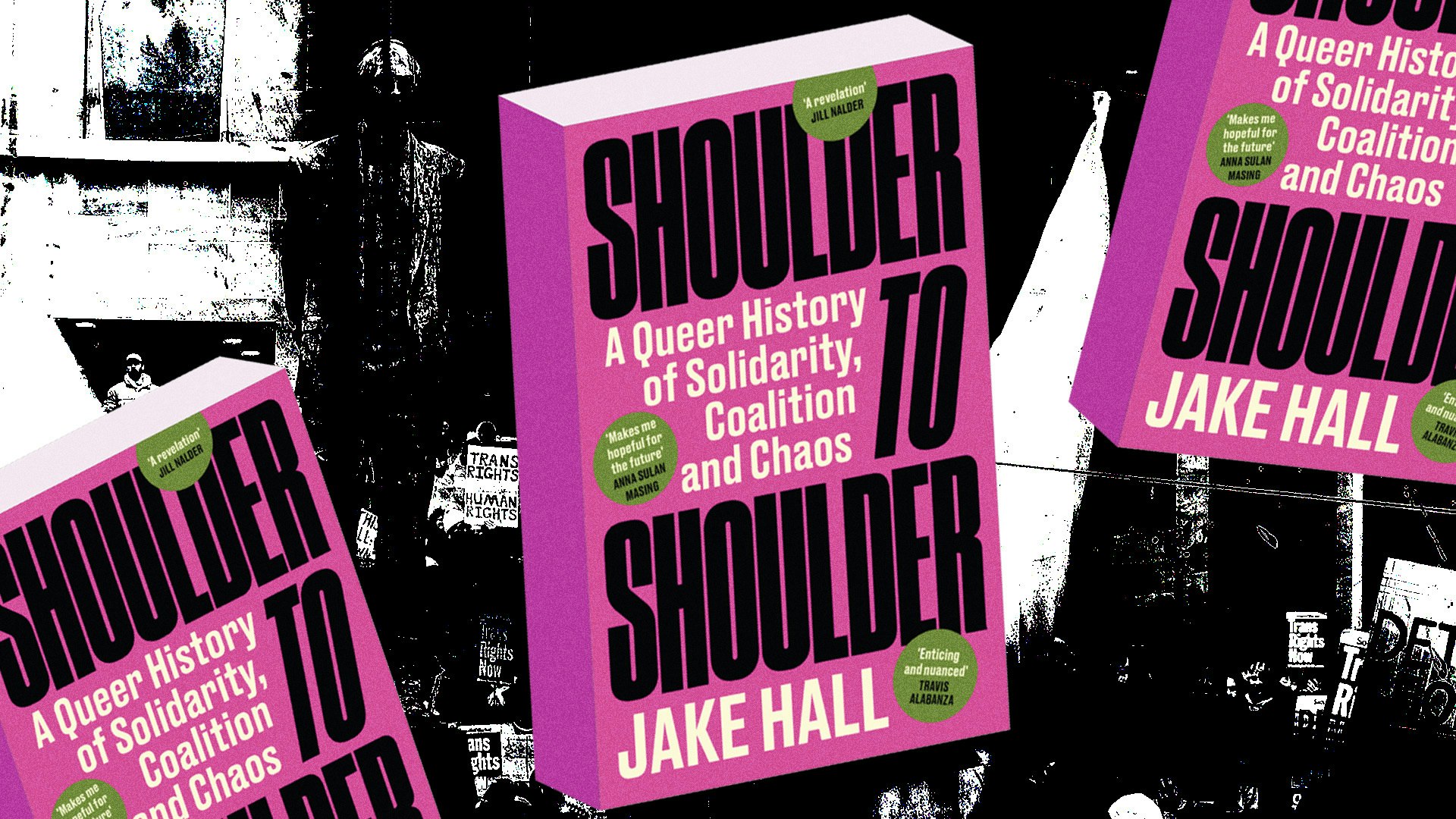Radical counterculture and the artist you haven't heard of
- Text by Adam White
- Photography by Jeff Keen, screenshot from Cartoon Theatre of Dr. Gaz

Jeff Keen was one of the most important voices in British countercultural art throughout the 1960’s and 1970’s… though you probably haven’t heard of him. A pioneer in experimental film, Keen employed animation, stop-motion, photography and electroacoustic sound to create wildly frenetic shorts. Now two of his films are being screened alongside his photography and a collection of previously unseen ephemera at London’s Hales and Kate MacGarry galleries.
Cartoon Theatre of Dr. Gaz (1976), playing at Kate MacGarry, is a blistering mash-up of pulpy 1950’s monster-movies and Keen’s own experiences in World War II. Tasked with trialling experimental tanks and engines during the conflict, Keen would later invoke the brutalist, panic-driven hysteria of the time period into his work. The film sees toys and objects explode, melt and burn, while his friends and family enact strange theatrical performances on a makeshift set. At the heart of it is his mad scientist alter ego, whom he dubbed Dr. Gaz. It’s the theatrical madness of war, condensed into an expressive 12-minute short.

Photo: Jeff Keen, Jackie Keen as Roberta the Robot, c.1972/2016, photograph, 92 x 60 cm
Over at the Hales Gallery is Rayday Film (1968-1970, 1976), a short directly inspired by the pop art of comic books of the time (though Keen was quick to insist that he wasn’t a pop artist). Named after Amazing Rayday, a counterculture magazine Keen had edited in the early ’60s, it’s a messy bombardment of visual effects, poetry and sound, comprising of a cast of archetypal superheroes and supervillains.

Photo: Jeff Keen, The Way West, c. 1973, mixed media, 60 x 40 cm
Keen’s aesthetic was ahead of its time, experimenting with visual collage and avant-garde DIY animation long before they became standards in experimental cinema. Modern observers will also likely spot his influence in the visual identity of classic MTV, all erratic weirdness and rapid-fire editing. “When words fail, use your teeth!” he once said, highlighting works that feel chewed-up, spat-out and glued back together. “If teeth fail, draw in the sand,” he added. “Art must happen.”

Photo: Jeff Keen, screenshot from Cartoon Theatre of Dr. Gaz
While Keen was a regular on the 1960’s beat scene, performing and screening his work in ‘happenings’ alongside William Burroughs and Allen Ginsburg, he never crossed over to become a household name. Perhaps his repertoire was too diverse, too inexplicable or inaccessible in its form. But coming off a successful series of exhibits at the Tate Modern and the Brighton Museum throughout 2012 and 2013, it feels right that his work is becoming increasingly more visible. Particularly at a time when an aggressive counterculture is so desperately needed.

Photo: Jeff Keen, Cartoon Theatre of Dr Gaz, c.1976, pen/paint on paper, 29.5 x 21 cm

Photo: Jeff Keen, Albino Ray Performance, c.1976/2016, photograph, 92 x 60 cm

Photo: Miss Rayday Film, 1972/2016, photo – Jeff Keen
Courtesy of the Jeff Keen Archive and Hales Gallery. Copyright of the Jeff Keen Archive.

Photo: Kate MacGarry

Photo: Kate MacGarry
Cartoon Theatre of Dr. Gaz runs at Kate MacGarry, and Rayday Film at Hales Gallery, both until 27 February.
Enjoyed this article? Like Huck on Facebook or follow us on Twitter.
Latest on Huck

How Labour Activism changed the landscape of post-war USA
American Job — A new exhibition revisits over 70 years of working class solidarity and struggle, its radical legacy, and the central role of photography throughout.
Written by: Miss Rosen

Analogue Appreciation: Emma-Jean Thackray
Weirdo — In an ever more digital, online world, we ask our favourite artists about their most cherished pieces of physical culture. Today, multi-instrumentalist and Brownswood affiliate Emma-Jean Thackray.
Written by: Emma-Jean Thackray

Meet the shop cats of Hong Kong’s Sheung Wan district
Feline good — Traditionally adopted to keep away rats from expensive produce, the feline guardians have become part of the central neighbourhood’s fabric. Erica’s online series captures the local celebrities.
Written by: Isaac Muk

How trans rights activism and sex workers’ solidarity emerged in the ’70s and ’80s
Shoulder to Shoulder — In this extract from writer Jake Hall’s new book, which deep dives into the history of queer activism and coalition, they explore how anti-TERF and anti-SWERF campaigning developed from the same cloth.
Written by: Jake Hall

A behind the scenes look at the atomic wedgie community
Stretched out — Benjamin Fredrickson’s new project and photobook ‘Wedgies’ queers a time-old bullying act by exploring its erotic, extreme potential.
Written by: Isaac Muk

“Welcome to the Useless Class”: Ewan Morrison in conversation with Irvine Welsh
For Emma — Ahead of the Scottish author’s new novel, he sat down with Irvine Welsh for an in-depth discussion of its dystopic themes, and the upcoming AI “tsunami”.
Written by: Irvine Welsh